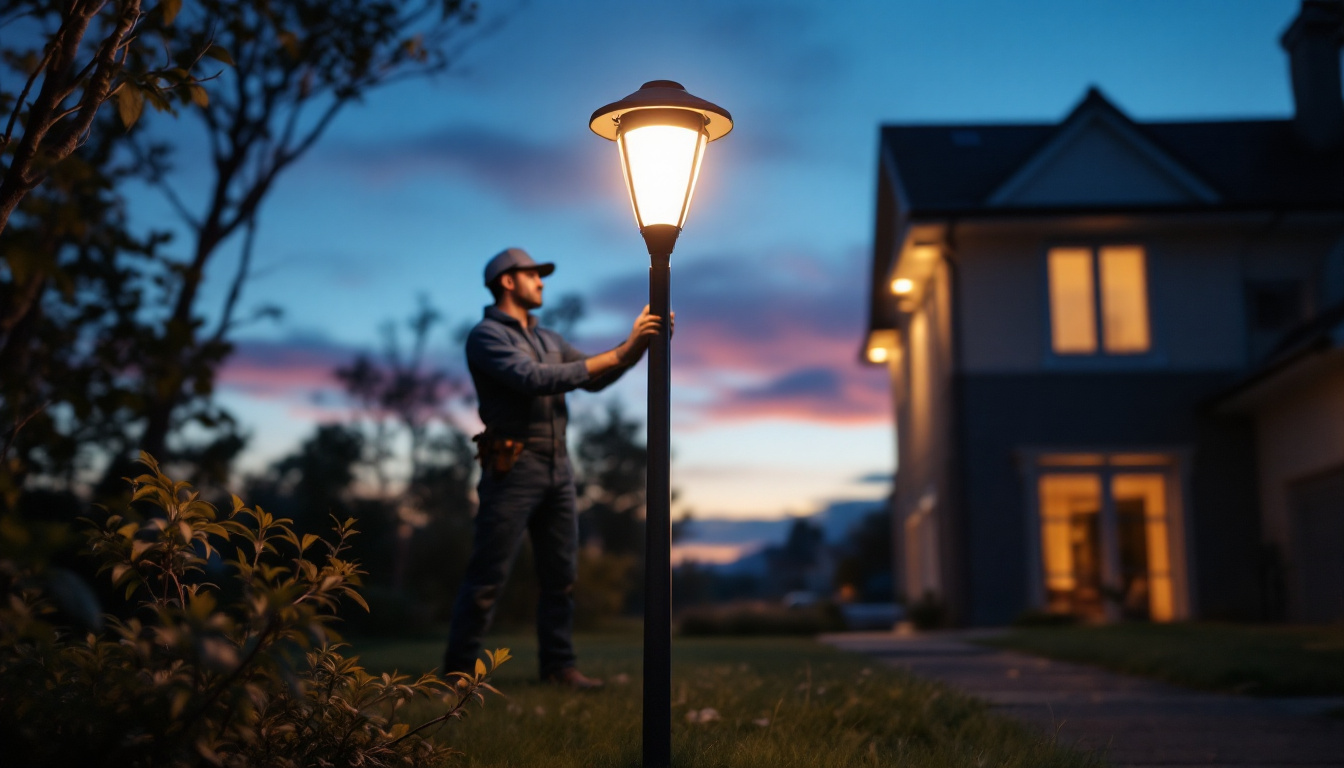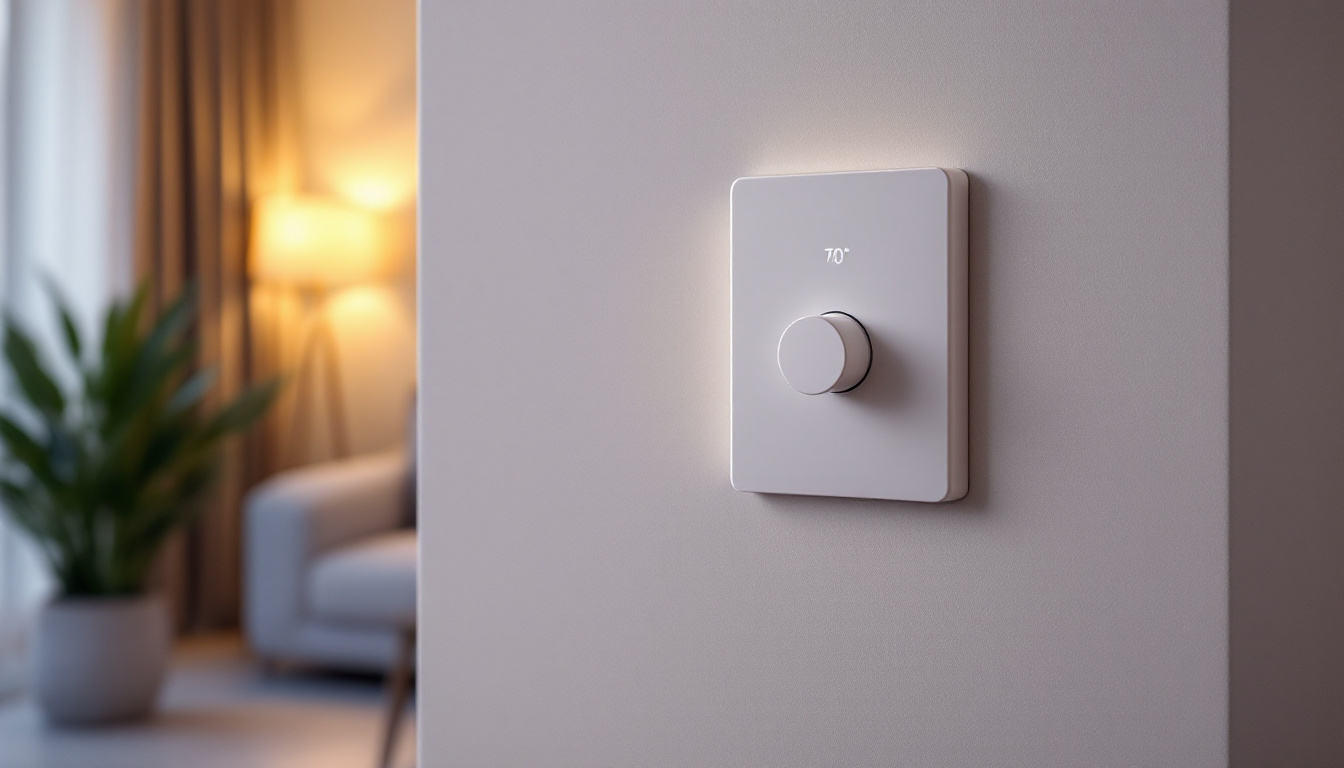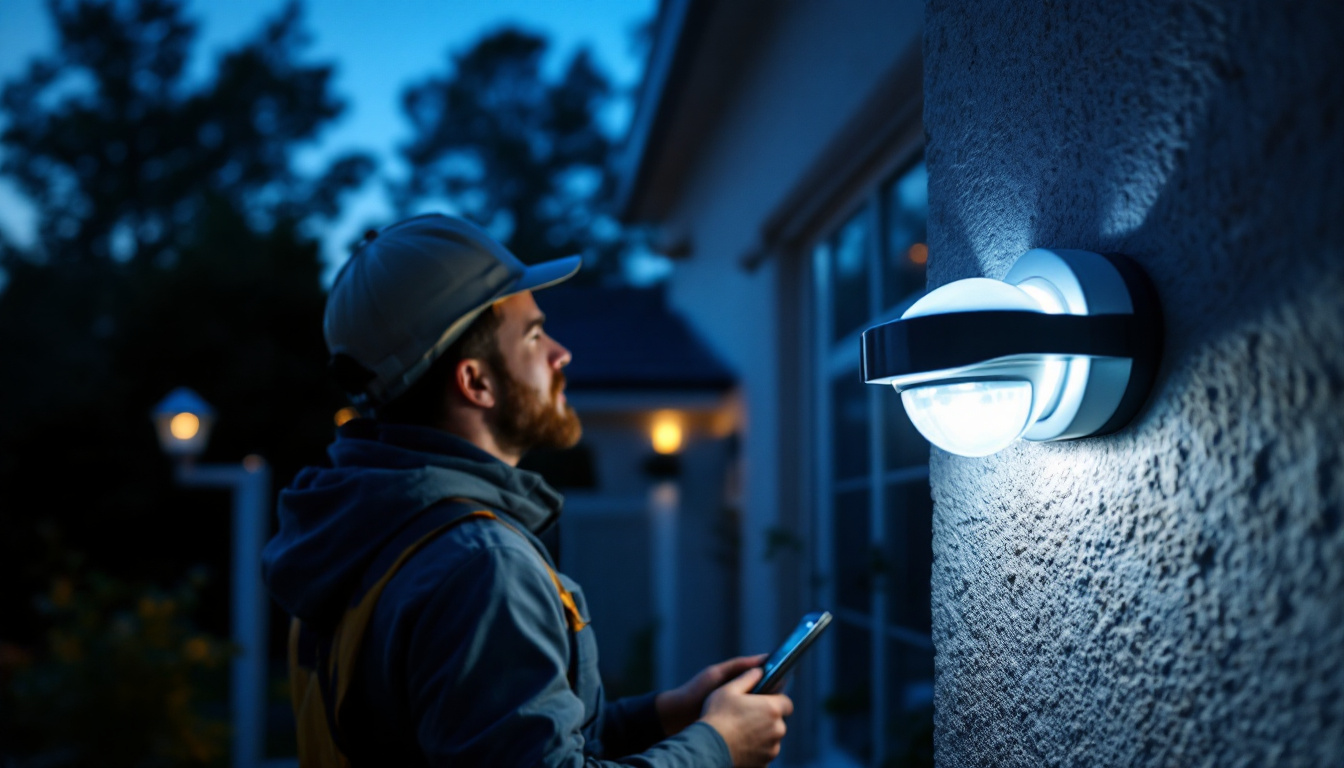
In the realm of industrial lighting, contractors face unique challenges and opportunities. The right lighting not only enhances safety and productivity but also contributes to energy efficiency and operational effectiveness. This article aims to provide essential tips for lighting contractors to navigate the complexities of industrial lighting projects successfully.
Industrial lighting plays a crucial role in various sectors, including manufacturing, warehousing, and logistics. Proper lighting ensures that work environments are safe, efficient, and conducive to productivity. It can significantly affect employee morale and performance, making it a vital consideration for contractors. Adequate lighting can enhance visibility, which is essential for tasks that require precision, such as assembly line work or quality control inspections. When employees can see clearly, they are more likely to perform their tasks accurately, leading to fewer errors and higher overall output.
Moreover, industrial spaces often have specific lighting requirements due to the nature of the work being performed. From high ceilings in warehouses to the intricate details in manufacturing plants, understanding these needs is key to delivering effective solutions. For instance, areas where heavy machinery operates may require more robust lighting solutions to ensure that operators can see potential hazards and operate equipment safely. Additionally, different tasks may benefit from varying color temperatures, with cooler light promoting alertness and warmer light creating a more relaxed atmosphere for less intense work.
Safety is paramount in any industrial setting. Proper lighting helps prevent accidents and injuries by illuminating potential hazards. Contractors must be familiar with safety regulations and standards, such as those set by the Occupational Safety and Health Administration (OSHA), to ensure compliance. This includes understanding the minimum illumination levels required for different areas and tasks, as well as ensuring that emergency exits are well-lit and clearly marked. Regular audits of lighting conditions can help identify areas needing improvement, further enhancing workplace safety.
In addition to meeting legal requirements, creating a safe environment fosters a culture of safety among employees. Well-lit areas reduce the likelihood of slips, trips, and falls, making it essential for contractors to prioritize safety in their lighting designs. Furthermore, the psychological impact of lighting should not be overlooked; a well-lit workplace can boost employee confidence and comfort, leading to a more engaged workforce. By investing in quality lighting solutions, companies not only comply with regulations but also demonstrate a commitment to their employees’ well-being.
Energy efficiency is a significant concern for many industrial facilities. The right lighting solutions can lead to substantial energy savings. Contractors should consider using LED lighting, which offers longer lifespans and lower energy consumption compared to traditional lighting options. Beyond just the immediate cost savings, transitioning to energy-efficient lighting can also have a positive impact on a company’s carbon footprint, aligning with broader sustainability goals. Many organizations are now seeking to reduce their environmental impact, and energy-efficient lighting is a straightforward way to contribute to these efforts.
Incorporating smart lighting technologies, such as occupancy sensors and dimming controls, can further enhance energy efficiency. These solutions not only reduce energy costs but also contribute to sustainability efforts, making them attractive to environmentally conscious clients. For example, occupancy sensors can automatically turn off lights in unoccupied areas, while dimming controls can adjust brightness based on the time of day or the amount of natural light available. This level of adaptability not only conserves energy but also extends the lifespan of lighting fixtures, resulting in lower maintenance costs over time. As industries continue to evolve, the integration of advanced lighting technologies will play a crucial role in shaping efficient and sustainable work environments.
When it comes to selecting lighting solutions for industrial spaces, contractors must consider various factors, including the specific needs of the environment, the tasks being performed, and the preferences of the client.
Different types of lighting fixtures serve different purposes. For instance, high bay lights are ideal for warehouses with high ceilings, while task lighting is essential in areas where precision work is performed. Understanding these distinctions is vital for effective lighting design.
There are several types of lighting fixtures commonly used in industrial settings. Each type has its advantages and applications:
Contractors should assess the specific requirements of each project to determine the most suitable lighting solutions. Consulting with clients about their preferences and needs can also lead to better outcomes.
The color temperature of lighting significantly impacts the ambiance and functionality of industrial spaces. Measured in Kelvin (K), color temperature can range from warm (below 3000K) to cool (above 5000K). For industrial applications, cooler temperatures are often preferred as they enhance visibility and alertness.
Choosing the right color temperature can also influence employee productivity. Cooler light can help maintain focus in environments where precision is critical, while warmer light may be more suitable for break areas or lounges.
A well-thought-out lighting design and layout are essential for maximizing the effectiveness of industrial lighting. This involves strategic placement of fixtures to ensure even illumination and minimize shadows.
Contractors should conduct a thorough assessment of the space, taking into account the layout, the tasks performed, and the natural light available. This information will guide the design process and help in creating a lighting plan that meets the specific needs of the facility.
Advancements in technology have led to the development of specialized lighting design software. These tools can help contractors visualize lighting layouts, calculate illumination levels, and assess energy efficiency.
By using lighting software, contractors can create detailed plans that showcase how the lighting will function in the space. This not only aids in the design process but also allows for better communication with clients, making it easier to explain the benefits of the proposed solutions.
A balanced lighting scheme is essential for reducing glare and ensuring that all areas of a workspace are adequately illuminated. This can be achieved by combining different types of lighting, such as ambient, task, and accent lighting.
Ambient lighting provides general illumination, while task lighting focuses on specific areas where work is performed. Accent lighting can be used to highlight certain features or areas, adding depth and interest to the overall design.
Maintenance is a critical aspect of industrial lighting that contractors must consider. Regular maintenance ensures that lighting systems remain efficient and effective over time. This includes replacing burnt-out bulbs, cleaning fixtures, and checking for any electrical issues.
Contractors should educate clients about the importance of maintenance and provide recommendations for creating a maintenance schedule. This proactive approach can prevent costly downtime and ensure that lighting systems continue to meet the facility’s needs.
In industrial environments, lighting fixtures must withstand harsh conditions, including dust, moisture, and temperature fluctuations. Selecting durable fixtures is essential for minimizing maintenance needs and ensuring longevity.
Contractors should look for fixtures that are rated for industrial use, such as those with high IP (Ingress Protection) ratings. These fixtures are designed to resist environmental factors, making them ideal for demanding settings.
Smart lighting solutions are becoming increasingly popular in industrial settings. These systems allow for greater control over lighting, enabling contractors to optimize energy usage and improve efficiency.
Features such as motion sensors, daylight harvesting, and remote management can significantly enhance the functionality of industrial lighting. Contractors should stay informed about the latest smart lighting technologies and consider incorporating them into their projects.
Effective communication with clients is essential for successful lighting projects. Contractors should take the time to understand the client’s needs, preferences, and budget constraints. This collaborative approach can lead to better outcomes and increased client satisfaction.
Educating clients about the benefits of different lighting solutions is also crucial. Many clients may not be aware of the latest technologies or the advantages of energy-efficient lighting. Providing clear explanations and demonstrating the potential return on investment can help clients make informed decisions.
When presenting lighting options to clients, contractors should provide a range of solutions that cater to different budgets and requirements. This allows clients to choose the best fit for their needs while also understanding the trade-offs associated with each option.
In addition to presenting options, contractors should offer recommendations based on their expertise. Clients often appreciate guidance from professionals who understand the intricacies of industrial lighting and can help them navigate the decision-making process.
After a project is completed, following up with clients is essential. This not only shows professionalism but also provides an opportunity to gather feedback on the lighting solutions implemented. Understanding the client’s experience can help contractors improve their services and address any concerns that may arise.
Soliciting feedback can also lead to future opportunities. Satisfied clients are more likely to recommend contractors to others or return for additional projects. Building strong relationships with clients is key to long-term success in the lighting industry.
Industrial lighting is a complex but rewarding field for lighting contractors. By understanding the unique challenges and requirements of industrial spaces, contractors can deliver effective lighting solutions that enhance safety, productivity, and energy efficiency.
From selecting the right fixtures to implementing smart technologies, the tips outlined in this article provide a solid foundation for contractors looking to excel in industrial lighting projects. By prioritizing safety, energy efficiency, and client communication, contractors can establish themselves as trusted partners in the industrial lighting landscape.
Ready to take your industrial lighting projects to the next level? At LumenWholesale, we provide lighting contractors with the high-quality, spec-grade lighting products you need at prices that can’t be beaten. Say goodbye to local distributor markups and hello to our extensive selection that meets the highest industry standards. With free shipping on bulk orders, you can trust that you’re getting premium lighting solutions at the best value, with no hidden fees. Elevate your lighting game and ensure every project shines with reliability and performance. Wholesale Lighting at the Best Value is just a click away. Experience the LumenWholesale difference today!

Discover the frequent pitfalls lighting contractors face when installing solar lamp posts.

Discover how to streamline outdoor lighting projects with expert tips tailored for lighting contractors.

Discover how light timer switches are revolutionizing modern lighting solutions by enhancing energy efficiency, convenience, and security.

Discover expert tips and strategies for lighting contractors to master the installation and optimization of motion sensing security lights.